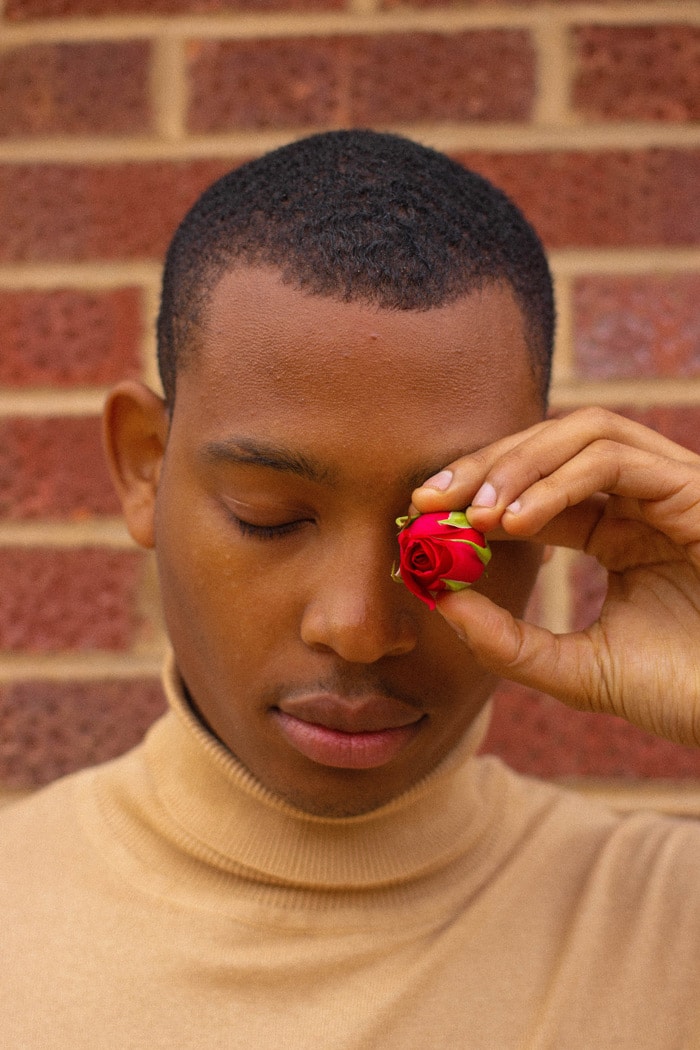
Opinion
Extinction Rebellion responds after being criticised for its lack of diversity
By Tahmina Begum
Opinion
Extinction Rebellion responds after being criticised for its lack of diversity
By Tahmina Begum
Published Oct 21, 2019 at 11:16 AM
Reading time: 3 minutes
Climate change
Oct 21, 2019
I recently answered a poll on social media that first asked if I cared about climate change. I ticked yes. The next question asked if I had ever attended an Extinction Rebellion protest. I immediately ticked no.
This isn’t because I’m not available to attend protests, or that I’m lazy, and don’t care. If anything, as someone who’s self-employed, works in left-wing circles, and has the privilege of being educated in what’s happening to the Earth and having a flexible work schedule, I’m probably the kind of person who should be attending these kinds of marches. Yet, even with all the ways that should make it easier for me to stand up and talk about climate change, I’m also still another brown body marching—and that isn’t exactly as welcomed as my climate protesting peers.
Extinction Rebellion has become a household name. The grassroots organisation has raised millions in donations, money that goes towards funding volunteers, whether that’s feeding protesters lunch or keeping the platform running. Those who are a part of Extinction Rebellion have altered traffic and excelled in their aim to disrupt urban spaces in order to wake everyone up: the ice-caps aren’t just melting, polar bears aren’t just struggling, the Earth is dying.
But so are brown and black bodies when we speak up. So much of Extinction Rebellion is about gaining attention, and I can’t help but wonder what would happen to people of colour if they tried the same tactics; what would the response be, or has been, when we’ve tried to push the same messages.
There’s also an issue with class when it comes to protesting for anything. You need time in order to march for your rights or demand change. The Equality and Human Rights Commission shows that 35.7 per cent of ethnic minorities were more likely to live in poverty compared with 17.2 per cent of white people. The ethnic pay gap within ethnic minority communities reflects that Bangladeshi, Pakistani and black people are paid the lowest with Bangladeshi people doing the worst.
When working in menial, manual, and zero contract jobs, where there is barely any movement to take a sick day, never mind shout for the Amazon rainforest, a large number of ethnic minorities in Britain are only able to think about the basics before they can prioritise protesting. Look around the next Extinction Rebellion protest and ask yourself, does this represent London, the UK, and, more importantly, all those who inhabit the world?
‘What will the world look like for future generations?’ is a great point that is asked consistently to encourage people to join the movement. But as climate change activist Muna Suleiman pointed out during The Amaliah Podcast on What Has Race and Religion Got To Do With The Climate Crisis?, “There’s an inherent assumption that people at present are not affected by the climate crisis, which we know is not true. It’s through the lens of trying to tweak around the edges and not provide the system changes we need.”
Countries like Bangladesh, who have the most ‘green factories’ and do not produce nearly as much waste as the global north, is said to be the Venice of South Asia, in other words, sinking, and not so slowly. It seems like we’ve forgotten about the brown and black bodies around the world who are already the most sustainable with the little they have, and yet are being affected the most by climate change.
Extinction Rebellion is aware of this white privilege in its collective, and told Screen Shot that “Extinction Rebellion still has work to do to ensure that the movement is welcoming and inclusive to all. Structural oppression is present throughout society and we are no exception to that. Important work is happening on this, both within the movement and with the assistance of allies outside of Extinction Rebellion. We ask that allies continue to work with and challenge us in this area.” The movement has also created initiatives within the group, such as XR Connecting Communities and Extinction Rebellion Liberation.
Although Extinction Rebellion acknowledges this lack of diversity, it fails to see how the work accomplished by people of colour (whether it is within Extinction Rebellion or not) stays, almost always, unnoticed to the majority who makes up the marches.
In regard to Greta Thunberg, we’ve listened to her cries, seen her on billboards, and, most importantly, taken her seriously. But we also need to remember the other young women of colour who are speaking out for the communities that are most affected. Autumn Peltier. Artemisa Xakriabá. Isra Hirsi. Ridhima Pandey. Say their names and look up their work.
In our quest to save the planet, we also need to curb the snobbery found within climate change initiatives, as well as the denial of class or race issues that are deeply entangled with it. The western revolution towards climate change has only happened in the past thirty years. Our recyclability is fairly new. Moon cups, reusable coffee cups, and solutions out of throwaway culture are all new. Brown and black people, especially working-class black and brown people, have been the most resourceful when it comes to using what we have—so let’s not pretend that marching for climate change is based on this sole revolution by white people when black and brown countries have been tackling the issue for centuries.




